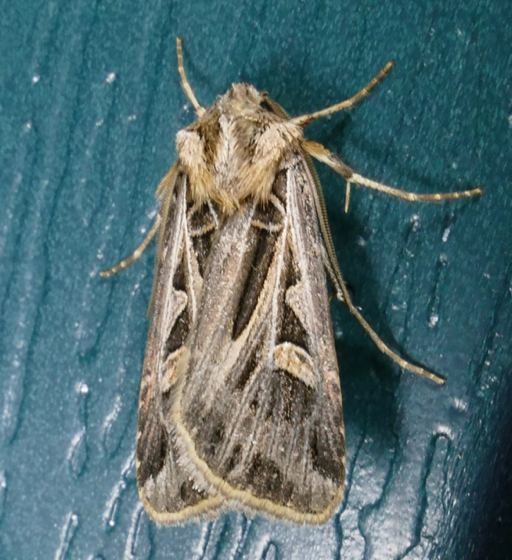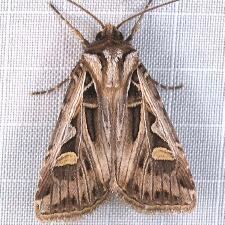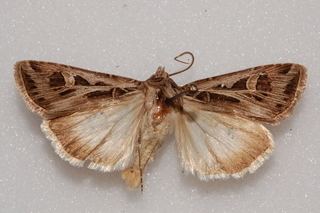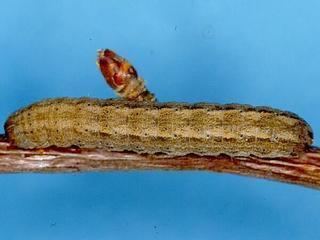Rank Species | Order Butterflies and moths | |
 | ||
Similar Feltia, Feltia herilis, Butterflies and moths, Agrotis venerabilis, Euxoa messoria | ||
Dingy cutworm moth noctuidae feltia jaculifera on wall
The Dingy cutworm (Feltia jaculifera), also known as the Bent-line dart, is a member of the Noctuidae family and is common throughout North America. There are three other species of Feltia that are often confused for F. jaculifera and they are F. herilis, F. subgothica and F. tricosa.
Contents
- Dingy cutworm moth noctuidae feltia jaculifera on wall
- Dingy cutworm moth noctuidae feltia jaculifera on blossom
- Adult
- Larvae
- Life cycle
- References

Dingy cutworm moth noctuidae feltia jaculifera on blossom
Adult

An adults wingspan is 30 to 40mm in length. The forewing is dark gray to black with a white, gray and tan pattern of streaks. The M3 and CU1 veins have white-lines that extend from the bottom corner to the outer margin. These lines form a distinctive W-shape where they meet the subterminal line.
Larvae

The caterpillars of this species have a light gray dorsal surface and have four black dots on the dorsal surface of each abdominal segment. The ventral surface is pale yellow. The larvae feed upon more than forty different species of plants including but not limited to; Alfalfa, Aster, Blueberry, Chickweed, Clover, Corn, Dock, Flax, Goldenrod, miscellaneous garden vegetables, Grasses, Mullein, Oats, Raspberry, Rye, Tobacco, and Wheat.
Life cycle
Adults are seen flying from July to November and the larvae overwinter and emerge in the spring. They can be seen flying in many areas including fields, gardens, waste areas. Adults are nocturnal and often come to lights. In more arid areas adults can be found nectaring and resting on composite flowers in the late afternoon. Females will oviposit in flower heads, particularly in the heads of Asteraceae.
